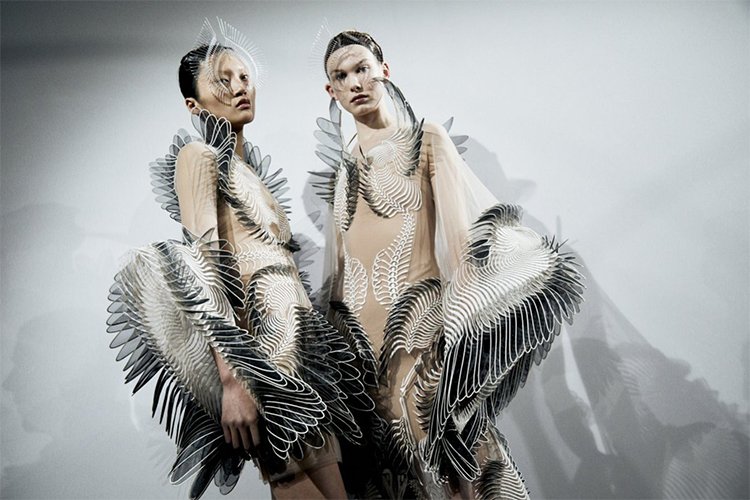
Technology and fashion: The Future of the Fashion Industry Fashion and technology have always been connected, and fashion has evolved as a result of technology. However, significant shifts in the production, design, and consumption of fashion have occurred as a result of the rapid integration of technology into the fashion industry in recent years.
The development of 3D printing is widely regarded as one of the most significant technological contributions to the fashion industry. By transforming a two-dimensional design into a tangible, physical object and enabling designers to create intricate and complex designs that were previously impossible, it has revolutionized the design process. 3D printing has been used by brands like Nike and Adidas to make shoes that a customer specifically wants or needs.
The utilization of technologies like augmented reality (AR) and virtual reality (VR) is yet another significant development in the fashion industry. By enabling customers to virtually try on clothes without ever leaving their homes, these technologies have revolutionized the fashion shopping experience for consumers. Customers can get an idea of how a particular garment would look on them by superimposing clothing on images of themselves in real time using AR mirrors or apps. By introducing a shopping experience that is both interactive and engrossing, it has the potential to fundamentally alter the fashion retailing process that takes place in traditional brick-and-mortar stores.

Through digital production and design methods, technology has also made fashion more sustainable by significantly reducing waste. For instance, advanced imprinting on materials disposes of the requirement for water and substance use, which are required in customary material printing. Similarly, a digital fitting image and virtual clothing samples can substitute for a physical sample. Another exciting development in this field is the emergence of blockchain technology, which promotes ethical and responsible production practices by providing supply chain transparency and traceability.
In addition, technology has had a significant impact on the e-commerce sector of the fashion industry. A new era of personalized shopping has emerged thanks to smart technologies like chatbots and personalized styling, recommendation systems, and quick delivery services. One of the main benefits is the entrance of retailers or fashioners to a worldwide market, opening up vast opportunities for development.
The combination of innovation into the style business has had a huge effect, prompting different impacts on the business. Here are a portion of the impacts of innovation on the design business:

In conclusion, technology has had a significant impact on the fashion industry. It has improved sustainability, creativity, and production, as well as provided a personalized shopping experience and global market access. The fashion industry appears to have a bright future thanks to technology’s crucial role in its growth and development.
In conclusion, the industry has undergone significant transformations as a result of the convergence of fashion and technology, with technology acting as a driving force behind fashion’s innovation and development. The fashion industry is in for an exciting future thanks to advances in e-commerce, sustainable production, augmented and virtual reality (AR and VR), 3D printing, and other related fields. It goes without saying that technology will continue to be a major factor in the industry’s future.In conclusion, the fashion industry’s incorporation of technology has resulted in a plethora of beneficial changes that have enhanced creativity, production, sustainability, and customer satisfaction. Technologies like 3D printing, virtual and augmented reality, blockchain, personalized styling, and e-commerce platforms have made it possible for designers to come up with new designs, personalize them in real time with customers, and produce in a way that is sustainable and responsible. It is evident that technology has become an essential tool for fashion businesses to remain competitive by providing innovative solutions and a personalized customer experience as the fashion industry continues to evolve with emerging technologies.